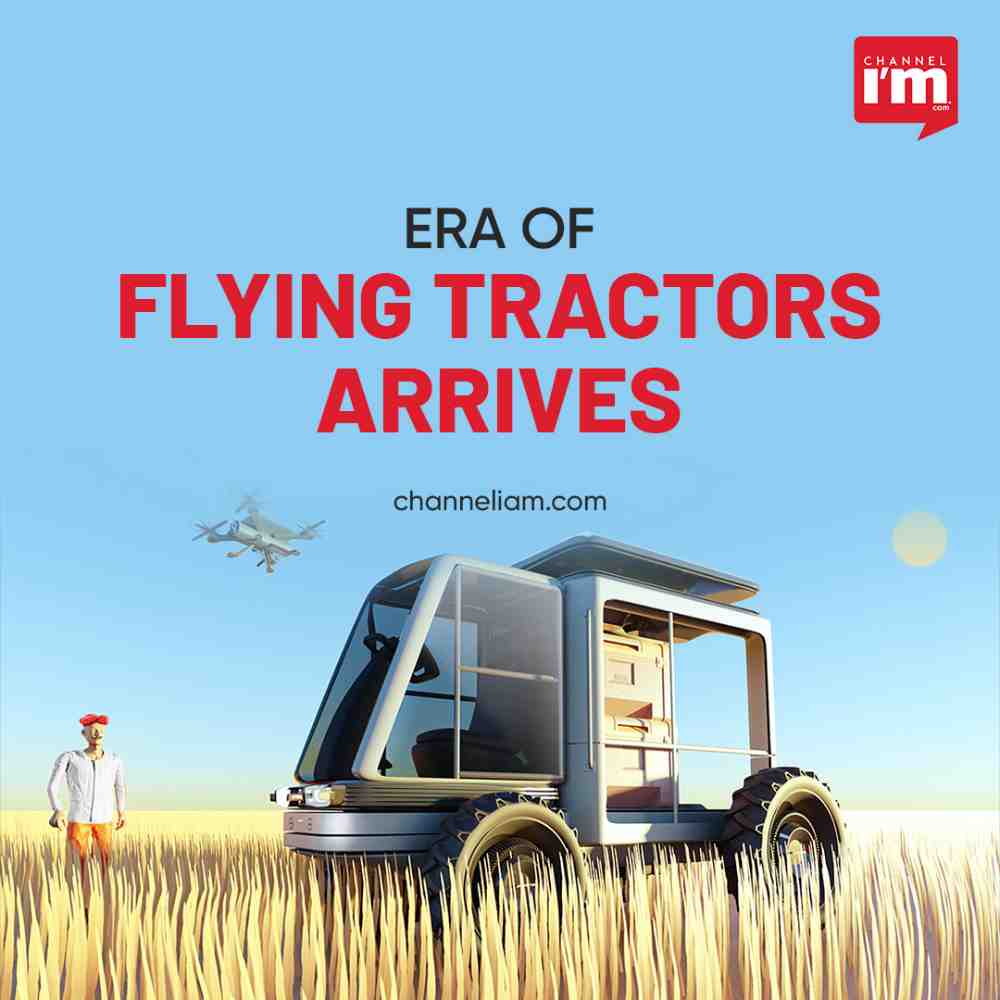Farmers are turning away from tractors and moving toward drones as they adapt to the rising cost of chemicals and contend with hotter temperatures, heavier rains, heartier weeds and prolific pests.
Earlier, farmers have been using drones mainly for aerial imaging – scanning farms from the sky with cameras to map where crops are thriving and failing. Now drones are being designed for hands-on crop management: enabled to spray herbicides, insecticides and foliar fertilizers with precision, and even to distribute seeds in planting season.

Arthur Erickson, Chief Executive of Manufacturer Hylio Inc, described the company’s agricultural drones as a “featherweight flying tractor” The Houston-based startup has seen demand for its drones soar over the past three years, roughly 700 of Hylio’s drones are now at work treating 700,000 acres of cropland annually.
Drones are poised to significantly disrupt the tractor industry, and unlike many other high-tech agricultural trends, this one is actually good for small and midsized farmers, and a big win for the planet, to boot.

These aerial acrobats use less than a tenth of the energy of ground tractors – and they don’t squash the crops, rut the earth or even touch the soil.
As the hardware of agricultural drones or simply “agrodrones” becomes increasingly sophisticated – with smaller, longer-lasting batteries and lighter, stronger carbon-fiber frames – so does the software, which is being developed by startups such as Canada’s Precision Al. The Al software will enable drones to use computer vision to identify exactly where and how much chemical is needed, plant by plant rather than blanketing an entire field with the same treatment.

Drones won’t completely replace tractors anytime soon. Their payload is limited to about 20 gallons, not nearly enough to handle the hundreds-of-pounds-per- acre fertilizer applications required between harvests.
But they’re certainly capable of displacing the expensive, wasteful crop-dusting of herbicides and fungicides still performed by airplanes and helicopters across millions of acres. Whereas crop-dusting spreads chemicals that bleed beyond the edges of the fields, drones deliver the chemicals in fine mists directly into the crop without overspill. The nimble flyers can work around obstacles like powerlines and trees, drastically increasing the efficiency of chemical applications.
